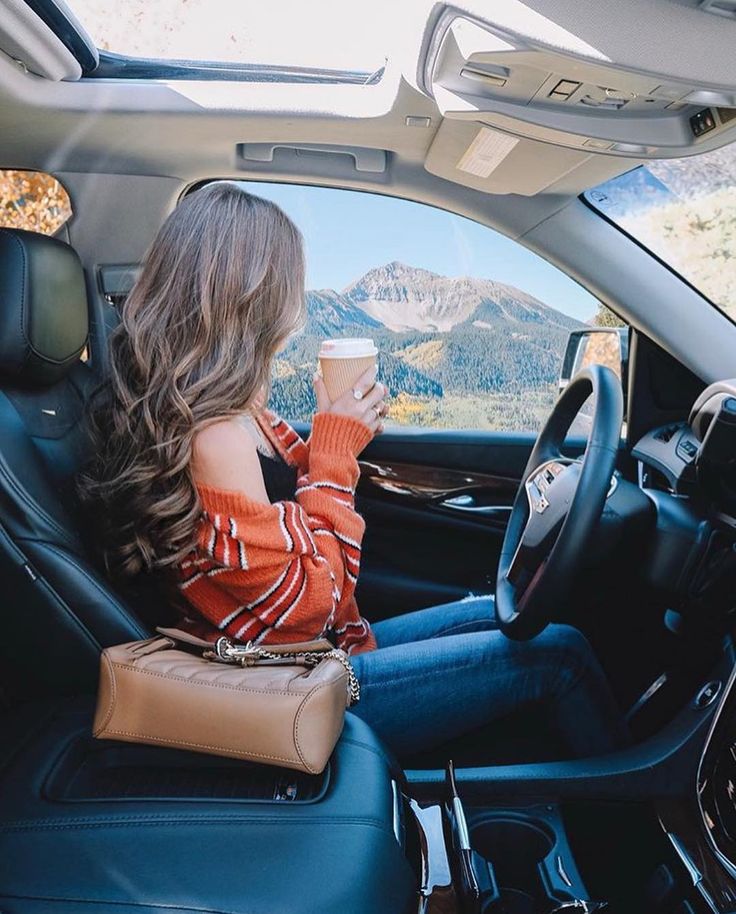How to take car pictures for instagram
How to Dominate Instagram Car Photography
Instagram is adopting a new algorithm in the immediate future, abandoning the linear timeline in favor of giving some uploads priority over others. The determining factors are part of the secret sauce, thus not public, which freaks people out. But the scores of panicked users nudging you to enable notifications need to chill. No avocado toast/SoulCycle/puppy posts will be overlooked, not from personal pages. For the layperson, the best way to remain relevant is, and always has been, posting captivating content.
That proposition seems simple. Though if it were, we’d all have millions of followers, monetized feeds and pop rose as the yacht steams into the South of France. The reality is most of us need help to crack 1,000 followers. For advice on growing your Instagram following by taking better pictures, we tapped Brett David, owner of Prestige Imports and Lamborghini Miami, and DW Burnett, a professional automotive photographer going by the moniker Puppyknuckles. Below, their top tips and tricks.
Find a high concentration of suitable subjects
Unless you’re David, half the battle is access to coveted cars. Odds are you don’t open your office door to a sea of Lamborghinis, Ferraris and Porsches (and one memorable Pagani Huayra). So head to where those cars are. Cars and Coffee meet ups, races, auto shows, dealer unveilings, historic meets and fancy neighborhoods are all good. “In Miami, it’s the valet,” David says. “Any given weekend, there’s at least $5 million in cars sitting in the lot at Bal Harbour mall.” Brooklyn-based Burnett suggests scouring cities for unique finds: “People love street parked stuff. In a dense city, you’ll find a bunch walking around.”
Rare, race and classic cars get the most double-taps
Unsurprisingly, opt for a model that fits into the above categories. (Find yourself a 1966 Ford GT40 Gulf livery and rejoice. You’ve hit the trifecta motherlode.) “It’s hard to take a bad picture of an old race car,” Burnett says.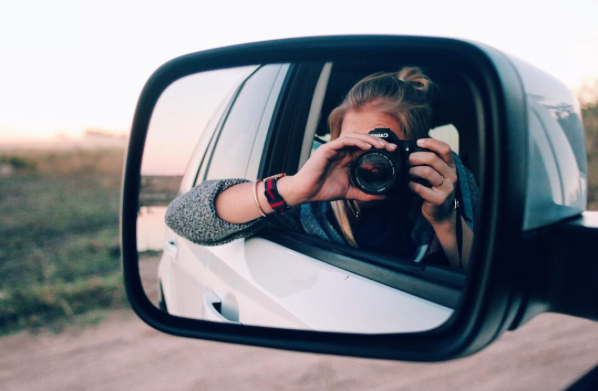 With modern rides, exotic brands understandably get more likes, David says, but shy away from the banal. “Unless it’s a McLaren SLR or a 918, skip newer Mercedes-Benz, BMW and Porsches. People have seen those plenty.” On Bugattis and vintage Lamborghinis, you’ll always find an interesting angle; those are shared and liked 30 percent more, David says.
With modern rides, exotic brands understandably get more likes, David says, but shy away from the banal. “Unless it’s a McLaren SLR or a 918, skip newer Mercedes-Benz, BMW and Porsches. People have seen those plenty.” On Bugattis and vintage Lamborghinis, you’ll always find an interesting angle; those are shared and liked 30 percent more, David says.
Consider the surroundings during shot composition
You can find an amazing car...parked at Rite Aid. “Trying to fit the whole vehicle in and having that ugly pharmacy sign in the back won’t work,” Burnett says. Instead, shift into a closeup of a corner of the headlight or a cool detail on the car. On the flip side, if the backdrop is interesting, include as much as possible. “It can help offset what you’re looking at when the car is in the frame,” Burnett shares.
Color matters
Match the background and the color of the vehicle you’re shooting. “If we’re doing a shot with a bright blue sky, we don’t want a matte black car in there.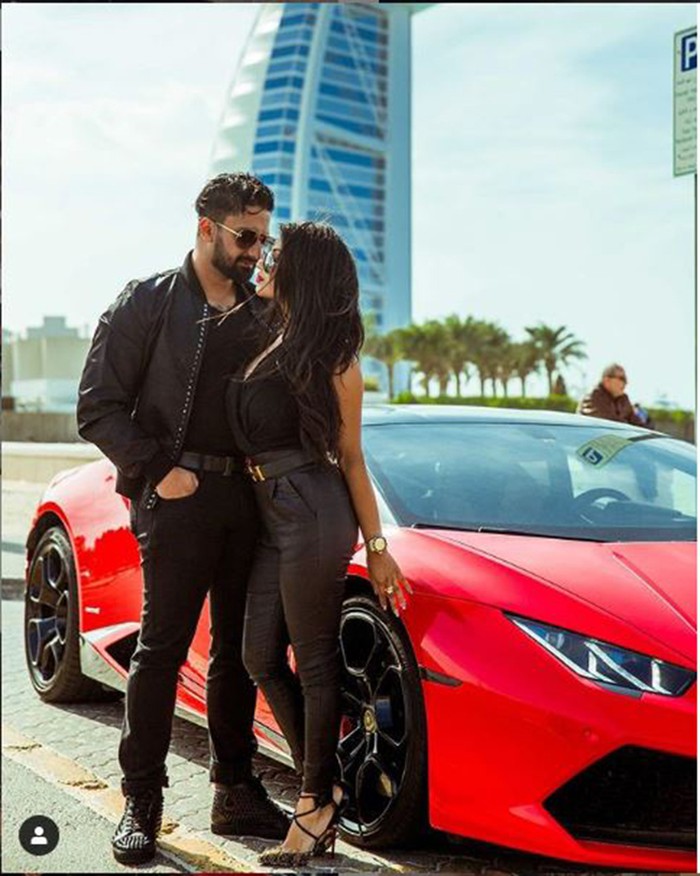 It won’t pop,” says David. “A yellow coupe with a beach in the background? That will.” Accordingly, monochromatic shots get 40 percent more likes.
It won’t pop,” says David. “A yellow coupe with a beach in the background? That will.” Accordingly, monochromatic shots get 40 percent more likes.
Get your lens low
“Don’t stand at eye level. It will look normal and boring,” Burnett says. “Cars look better down low. Crouch and play with the angles.” Put your phone on the ground, looking up, and it’ll vastly improve your picture.
Don’t rush
In fast-paced environments, like car shows or races, frenzied action abounds. It’s easy to get caught up and start snapping without thinking. “I try to slow my thoughts down and use my eyes to take in everything. When I see something that looks good, I don’t question my instincts. I trust them. If you’re not seeing anything, you’re shouldn’t take pictures of anything,” says Burnett.
The iPhone camera works well (in the daytime)
When they’re not using DSLRs, David and Burnett prefer the stock iPhone camera app to shoot with.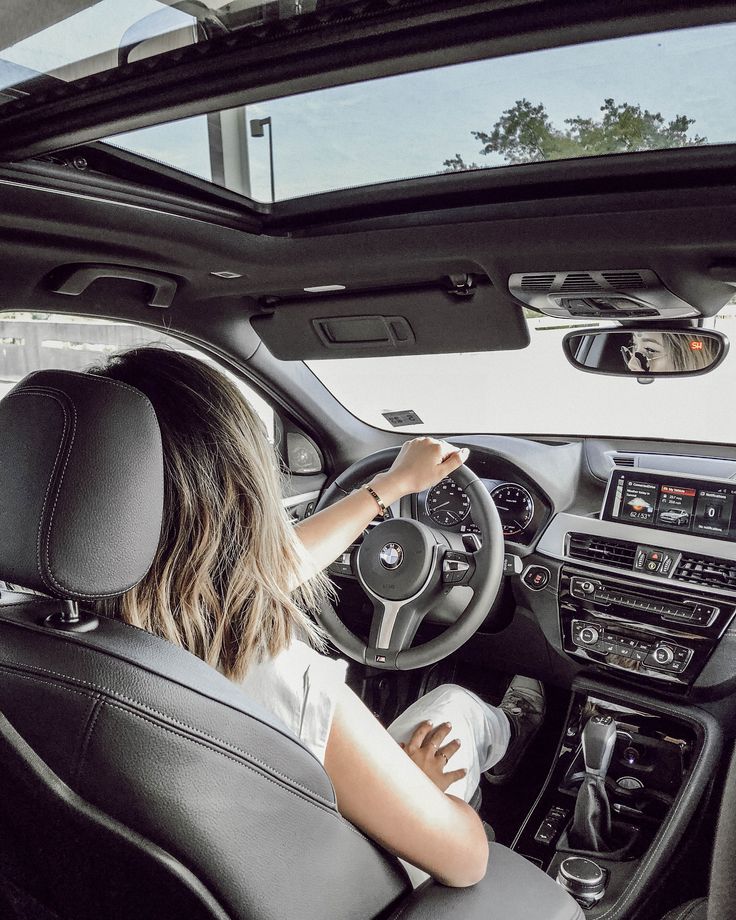 Both suggest using as much natural light as possible to aid that lens in capturing the richest photo. “Flash never works,” David shares. “You won’t get the whole car, just a blown-out piece. Skip dark locations.”
Both suggest using as much natural light as possible to aid that lens in capturing the richest photo. “Flash never works,” David shares. “You won’t get the whole car, just a blown-out piece. Skip dark locations.”
Polarized sunglasses give you cleaner pictures
The polarized lens from your shades controls reflections, says Burnett. Hold your sunglasses directly in front of the iPhone lens and tilt the camera around. If a car is under direct sunlight, you can minimize the flare and get a black car reflection-free. “If the sheen of the car is picking up a mailbox or something nearby, it’ll eliminate that. And cut through window glare, too. If you need to shoot an interior from outside, you’ll see through the glass instead of seeing yourself in it.”
Less is more during editing
Both use VSCO Cam for their on-phone editing software. It’s easy to crop, or manipulate the exposure, saturation and definition manually. There’s a host of adjustable filters, too, though David shies away from those on his professional feed: “We want our vehicles to look as crisp as possible and as natural as possible, just as the human eye would see it.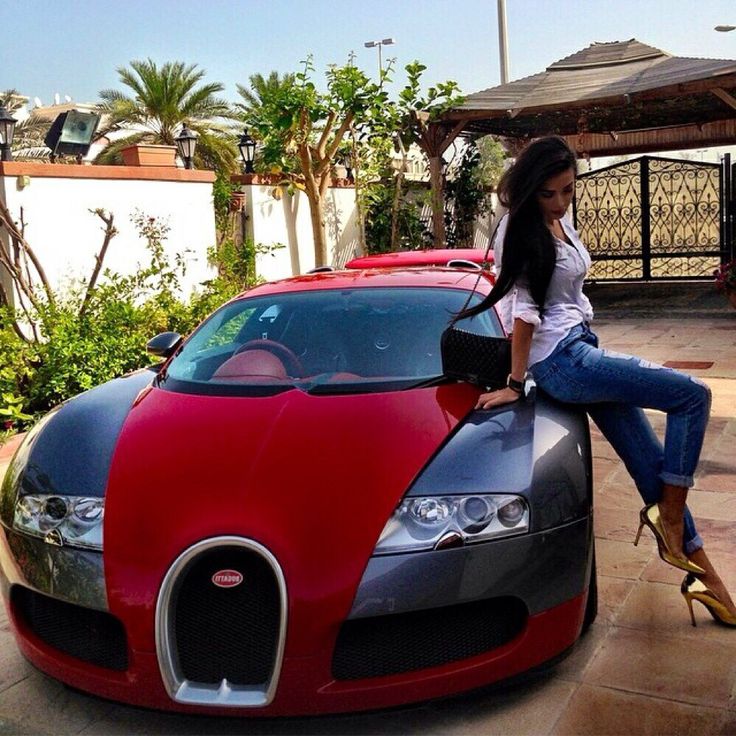 ” Burnett echoes David. “Don’t go totally nuts with filters. It’s a matter of trial and error, but if you’re not sure you love the filter, put your phone down for 20 minutes then come back to it. If it’s working, you’ll realize quickly.”
” Burnett echoes David. “Don’t go totally nuts with filters. It’s a matter of trial and error, but if you’re not sure you love the filter, put your phone down for 20 minutes then come back to it. If it’s working, you’ll realize quickly.”
Use science to bolster engagement
While photos with a filter are 21 percent more likely to be noticed, an extensive study found filters that add warm tones garner the most likes and comments. Boosting saturation and adding patinaed effects lowers interactions. The best native Instagram filters, per the findings, are Mayfair, Valencia, Hefe, Rise, and Nashville.
Post regularly, and not in batches
Unless you’re at an auto show with world premieres, or in the pits of a renowned race, there’s no need to fire off eight or nine shots in a row. People will skim over the whole bunch, missing anything legitimately good. David’s social team releases three pictures per weekday: morning, lunch, and around dinner. “People like to escape their work day and see something fun,” he muses. On the weekends, one to two per day is sufficient. Always bank a few shots to parcel out during lulls to keep your feed fresh.
“People like to escape their work day and see something fun,” he muses. On the weekends, one to two per day is sufficient. Always bank a few shots to parcel out during lulls to keep your feed fresh.
Evening uploads will maximize impact
First, always consider Eastern Standard Time when posting. Second, the evening will get the most traction. The bulk of Burnett’s like roll in after the sun sets. “Even at midnight, NYC is up and it’s only 9pm in California.”
Be judicious with hashtags
David strictly adheres to one or two proprietary tags, only adding special event tags when warranted, though he rattled off a common crop to help increase views: #BillionairesClub, #CarLifestyle, #BlackList, #SpeedList, and #LuxuryLifestyle. Burnett’s tags are always germane to the subject. “If it’s a Camaro, I’ll search for top Camaro tags and accounts and incorporate those.”
It’s a social channel. Be social
Keep regularly liking and positively commenting on other people’s posts. You’ll earn follows. Send a few direct messages to compliment someone. (Who doesn’t love seeing that?) They’ll remember you for taking the time.
You’ll earn follows. Send a few direct messages to compliment someone. (Who doesn’t love seeing that?) They’ll remember you for taking the time.
Keep testing
“The great thing about Instagram is it’s free,” Burnett says. “Experiment and find out what works well for your followers. You’re not going to get fired if you get weird. You could stumble onto something great.”
How to Take Amazing Pictures of Cars: 5 Automotive Photography Tips
There are so many types of photography to fall in love with, such as landscapes, products, and portraits. One genre that combines all of these is automotive photography, and that's what makes it so exciting and daunting.
Photos of cars do amazingly well on Instagram, VSCO, and everywhere else you post photos online. As long as you have your own car, it's like having a subject on you at all times, so it gives you lots of practice opportunities.
Here are our tips for getting the best possible photos of cars.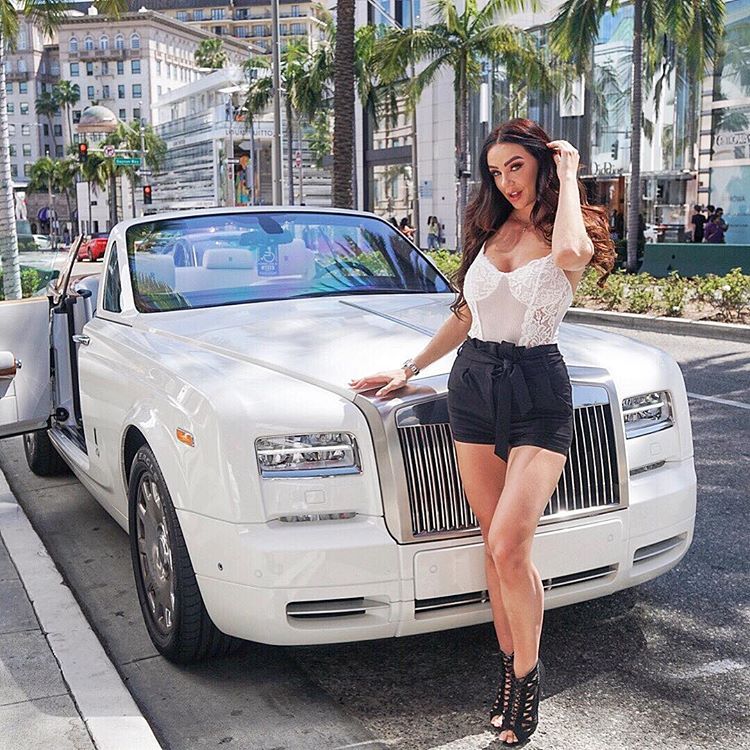
1. Turn the Headlights On
3 Images
This sounds like the simplest tip out there, but it's amazing how many times we see a car against a gorgeous landscape, but the photographer forgot to turn on the lights. The headlights and taillights are the biggest parts of a vehicle's personality, so taking a photo with them off is like taking a photo of a beautiful model without their face.
Even if you are shooting on a bright, sunny day, the headlights give the viewer something to draw their eyes to.
Take the photos above for example. With the taillights off, the photo still looks great with good framing and lighting and shows off the shape of the car. With the lights on, however, it adds a whole new element to the photo with the taillight matching the color of the beautiful sunset in the background.
This one simple tip can make all the difference.
2. Learn the Vehicle's Best Angles
The next most important part of a car's personality is its stance and body lines. In order to get the best photos possible, walk around the vehicle at your shooting location and get comfortable framing the vehicle at each angle.
In order to get the best photos possible, walk around the vehicle at your shooting location and get comfortable framing the vehicle at each angle.
It's also helpful to see how the sun hits the car at each angle, which can make for some incredible photos depending on the car's color and can accentuate the body lines extremely well.
To get you started, here are a few of the most popular angles to shoot a car's exterior: the front, front three-quarters, the rear, and rear three-quarters.
As mentioned in the above section, the headlights and taillights are some of the most important parts of a vehicle photograph. Close-ups of the headlights and taillights make for some very cool photos, and the front and rear three-quarters are what you'll shoot to show off the full length of the vehicle and its body lines.
The more you get to know the car's best angles, the better photos you'll get.
Using a tripod can help you get sharper images while the vehicle is in motion. Here are a few things to consider when buying your first tripod.
Here are a few things to consider when buying your first tripod.
3. Choose a Beautiful Background and Foreground
3 Images
Pay close attention to where you're shooting the car; just like with product and portrait photography, the background and foreground make a huge difference. This doesn't mean that you have to be in an area with mountains and vast scenic landscapes, although that will make for some pretty cool photos; simply be intentional about where you're taking photos.
For example, in the photo above, the McLaren 765LT was shot with red flowers in the foreground. This made for a much more interesting photo than shooting the car straight on, and the red flowers went well with the orange paint.
You can achieve this even without flowers. The photo of the red Mazda 3 was taken with an 85mm lens since it was not in a very scenic part of town; the compression blurred the background well, while still giving some color and texture to the photo.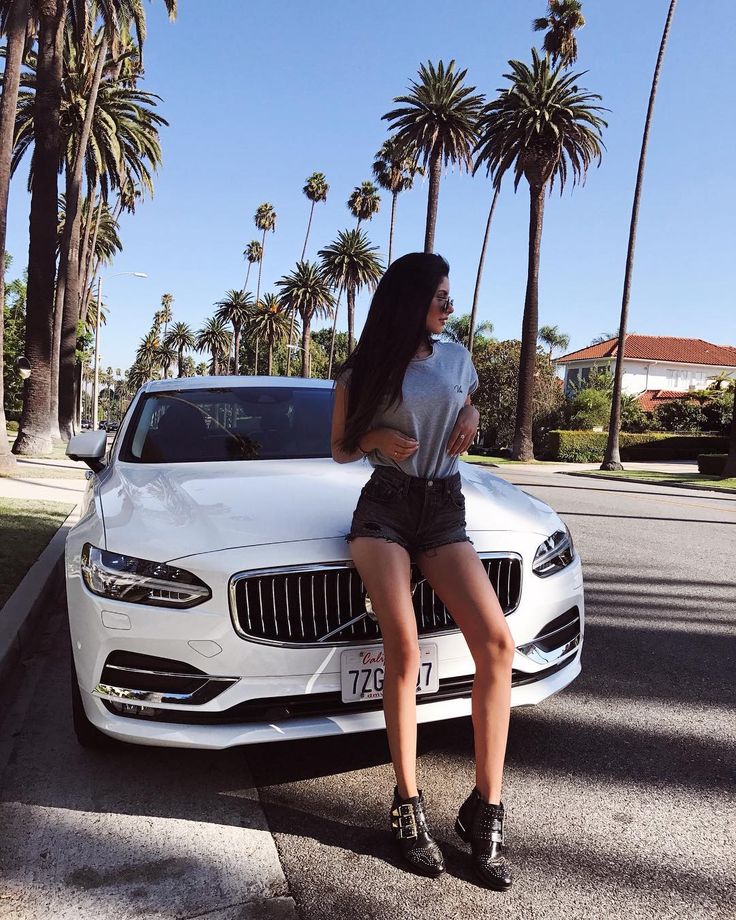 Instead of warm tones, the photo came out more rustic with the fall leaves in the foreground and the dark brown home in the background.
Instead of warm tones, the photo came out more rustic with the fall leaves in the foreground and the dark brown home in the background.
Be intentional with your choice of background and foreground to get beautiful results.
4. Experiment With Unique Composition
After getting to know the vehicle's best angles, it's time for you to move yourself to areas that give your photo a unique perspective.
Shooting at a lower angle can be a great way to show a sports car's low stance or get a beautiful reflection in a puddle. Getting a higher angle shows off more of your background and can lend itself to lifestyle shots of the vehicle; for example, this could be used when shooting a car off-road while it's driving through dirt and over hills.
If you aren't trying to get specific shots like the examples above, a general rule to follow is to set your camera to the height of the vehicle. Set your camera on a tripod and position it to around the height of the car's side-view mirror.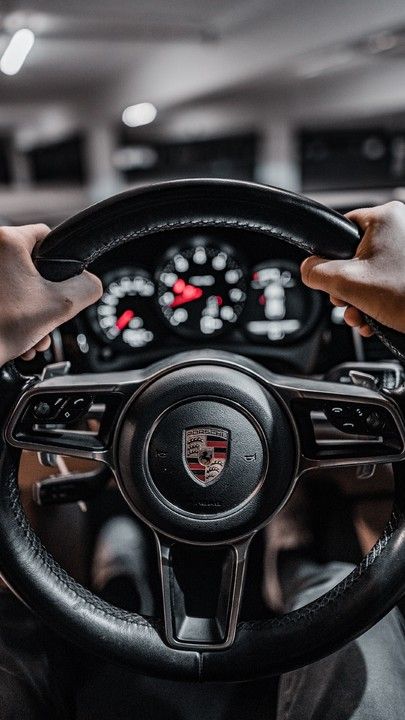 This angle gets you more professional, modern shots that are often seen from dealerships when listing cars for sale.
This angle gets you more professional, modern shots that are often seen from dealerships when listing cars for sale.
Check out our rules of photo composition to gather some ideas.
5. Get the Lighting Right
Lighting is a very important part of products, portraits, and of course, automotive photography. Most days when you decide to shoot, you'll have the best natural light to your advantage: the sun; however, sunny days also come with some disadvantages. Cars with glossy paint will produce lots of reflections on the hood of the car, often resulting in a blown-out image.
Using a polarizing or UV filter on your lens will help drastically to reduce reflections, making your editing process much easier.
Using the sun to your advantage is one of the best ways to light your subject and will accentuate the body lines of the vehicle. If you want to be more intentional with this, strobe lights and even smaller, portable lights can help you light the vehicle better with more freedom.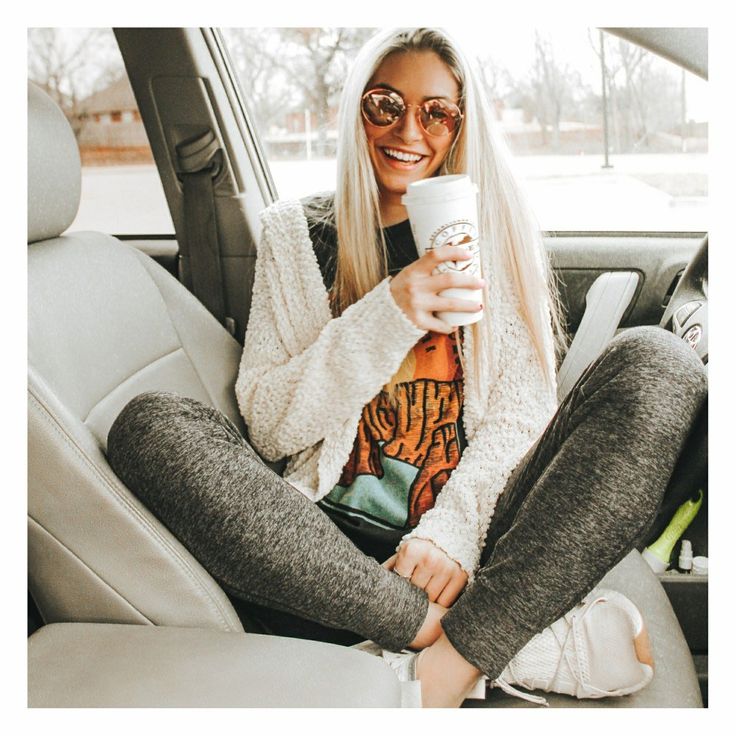 Experiment with the light in ways that will affect the shadows or make the color of the paint pop.
Experiment with the light in ways that will affect the shadows or make the color of the paint pop.
If you're new to using artificial lighting on subjects, here are some of our best tips for using strobe lights in or out of the studio.
Step Up Your Automotive Photography
Automotive photography really is a combination of shooting landscapes, products, and portraits, which is great because it gives you the skills to get better at every single one of those genres.
It teaches you to position and light your subject, play around with colors in the background and foreground, and your car is a model that will always be there for you when you want to take some cool photos. Continue practicing shooting in various locations, and master your craft.
Ten tips for successful car photography :: How to photograph a car :: Photographing a car
How to photograph a car?
Do you guys know how to take pictures of cars? If many of you think that you do not need this, then we want to say the following, many of you are mistaken here.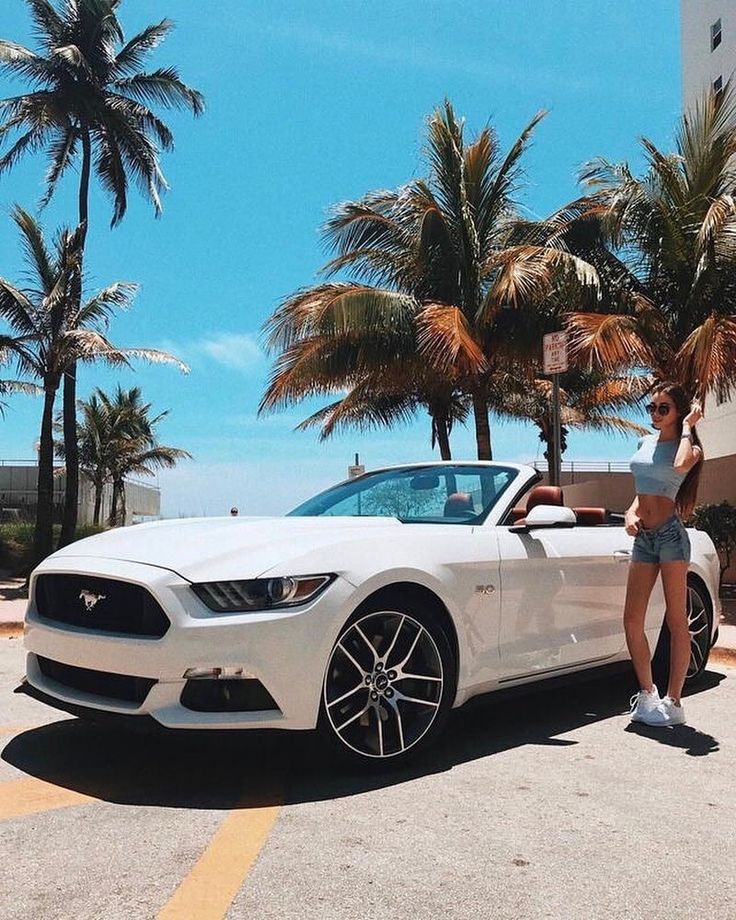 Being able to take beautiful and high-quality pictures of cars can be useful for many drivers in the future, for example, when selling their car...
Being able to take beautiful and high-quality pictures of cars can be useful for many drivers in the future, for example, when selling their car...
Unfortunately, many Russian car markets are currently showing signs of glut, which leads to problems when selling used cars. Today, in order to sell a used car on the market, it is not enough just to post an ad on the Internet for its sale or submit information about it to a newspaper. Nowadays, for the successful sale of a car, high-quality photographs of this car are also needed, which help to sell the car faster and without loss in price.
In practice, it has been found that a large number of car owners do not know how to simply take beautiful pictures of their cars. But fortunately for many, learning how to photograph cars beautifully is not so difficult. You just need to initially follow some specific recommendations.
Dear friends of motorists, today we have decided to put together ten basic tips for you so that you can take successful high-quality and beautiful photos of your own and not only cars.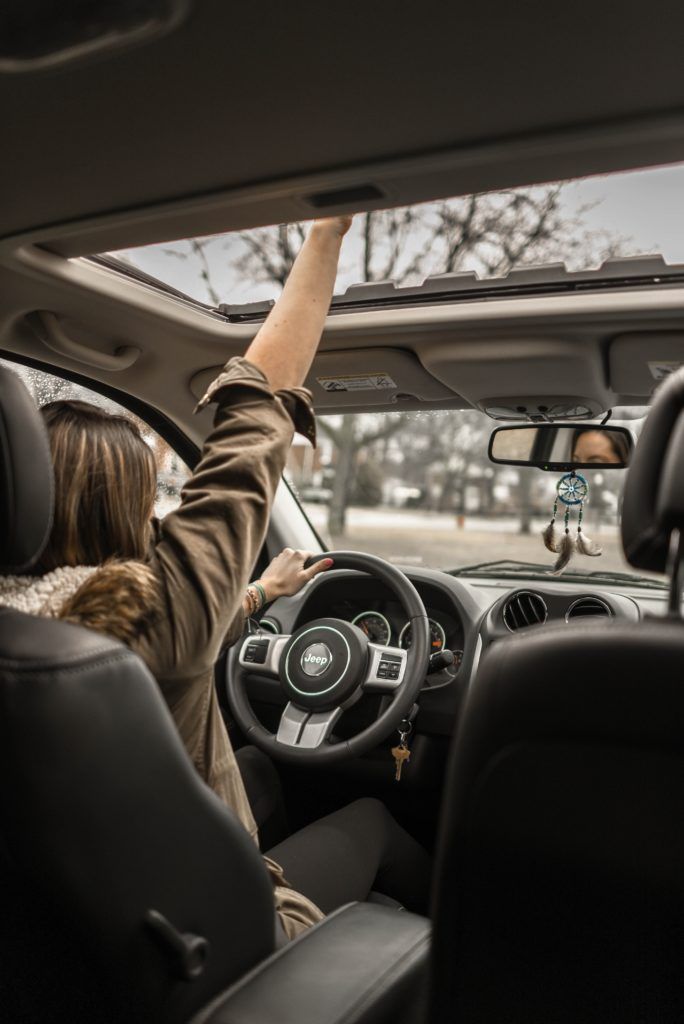 And I also want to say that the ability to photograph cars correctly can be useful to many for other occasions in life. And so, let's get started:
And I also want to say that the ability to photograph cars correctly can be useful to many for other occasions in life. And so, let's get started:
1) Location of the car on the ground
And so, you wished to take a beautiful photo of the car. Initially, for a successful photo, you need a beautiful background. Unfortunately, in order to take a photo of a car just like on the cover of a glossy magazine, you need a large financial budget to pay for the necessary shooting in picturesque places in nature and use expensive equipment for this.
But, nevertheless, there are still options to photograph any of the cars in high quality and at almost no extra cost.
To take a beautiful picture of a car, it is necessary that this car in the frame be the center of attention, regardless of the background and the weather outside. You probably don't want your friends to lose such attention to your car due to other foreign objects in the frame. .(?) conditions.
.(?) conditions.
2) Natural setting
You can take pictures of the car in natural surroundings. For example, in a parking lot or right on the road. You just need to remember that the choice of such a shooting location will certainly leave an imprint on the meaning of this picture. So, for example, when photographing a car in a garage or near it, one may get the impression that this car was stored in a garage.
But it can also be the other way around, such an imprint can be imposed that the car often breaks down and that it has to be constantly repaired. Everything will depend on the color shades of such a photo. If bright colors prevail in the photo, then this picture will acquire a completely positive mood.
If you want your car to get a clean and bright image in the picture, then photograph the car in the business district of the city, i.e. against the backdrop of business centers and beautiful modern office buildings.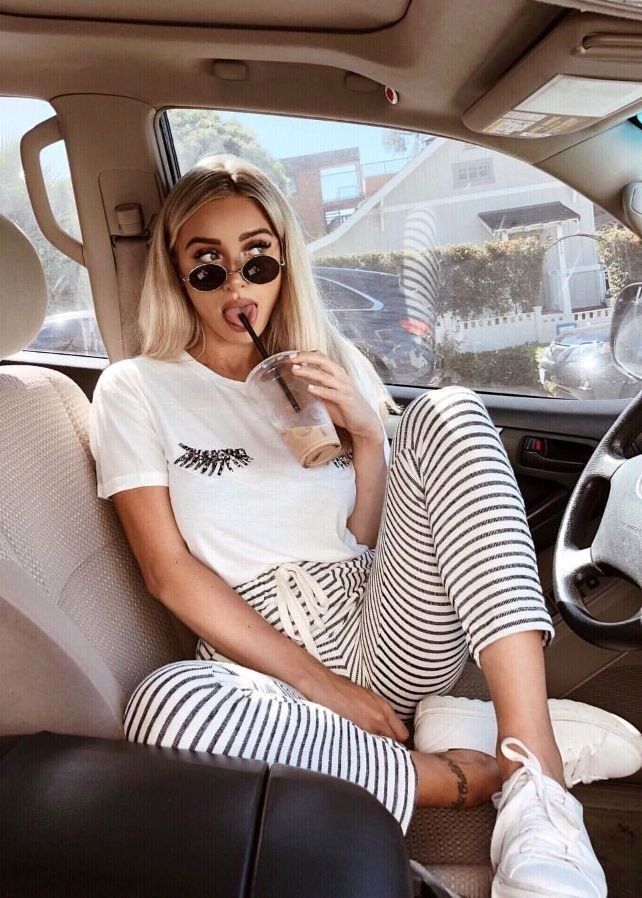
But if you want a classic look, then take a picture of the car in nature, placing it on some hill with an open landscape horizon. Particularly beautiful photos are taken during sunset. To do this, the background of the car must have a western horizon.
3) Unnatural environment
If you want to try to take pictures of a car in an unnatural place for this (car), then think carefully so that the car does not look like an alien object in this environment. For example, near the house, when the car is on the lawn or on the sidewalk, it will naturally look ridiculous.
Always be selective about where you shoot. Most of us drivers would like to take some special photos of the car, which could be different from the bulk of the cars that we often see with you on the Internet. But friends, be careful not to be too ambitious, which can lead, for example, to shots that make your car look superfluous.
Also remember to pay attention to the objects around the vehicle and the background colors when shooting. It is desirable that several tones around the car are similar in color to the car itself, which will allow the various objects that fall into the foreshortening of this photo to complement each other.
It is desirable that several tones around the car are similar in color to the car itself, which will allow the various objects that fall into the foreshortening of this photo to complement each other.
4) Lighting
The next step for successful photography is lighting. It is an essential element of any photograph. It is advisable to use natural daylight when shooting during the daytime, if possible. The best time to take a picture of a car is just before sunrise or during sunrise and just after sunset. In this way, you can get soft light tones of the car in the photo, thereby avoiding the excessive brightness of the midday sun.
If you want to take pictures using artificial lighting, for example, with a flash, we advise you to choose the right angle and angle for the final pictures, after taking a few trial photos in advance to determine for yourself where is more-optimal on the car lay down the light, without forming an extra flare and double glare on the photo.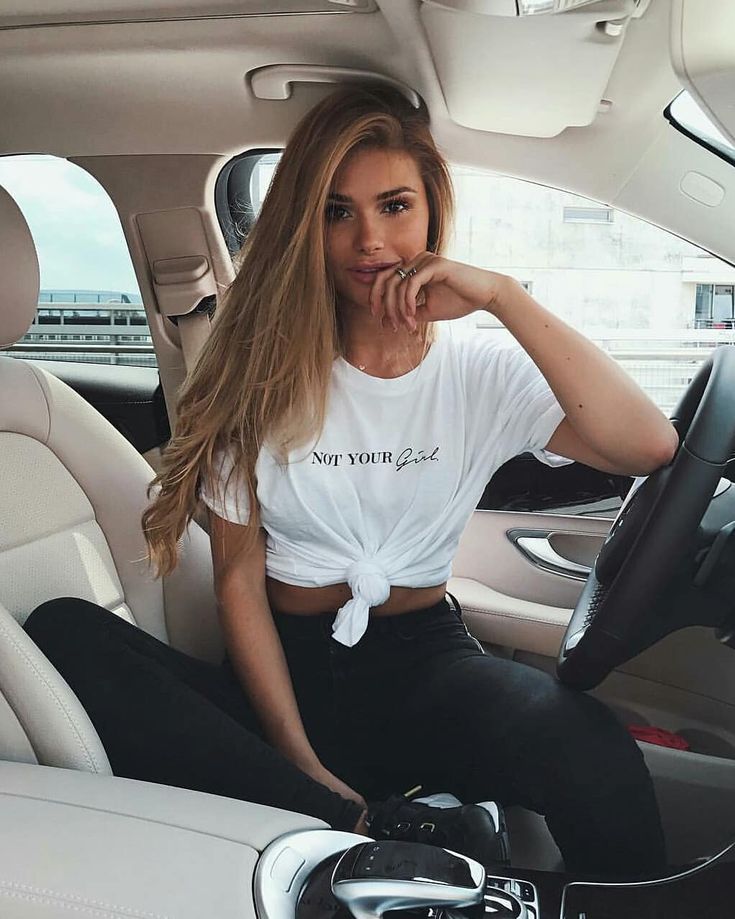
5) Angles
Once you've chosen a beautiful, scenic spot to shoot, and that the subject is well lit and you're almost ready to shoot, you'll be able to take high-quality artistic photographs of your vehicle.
When preparing to shoot, you need to understand in advance exactly what you would like to highlight in such a photo and what you need to focus on (on the body, on the color, on the disks, well, etc., etc.).
But the most important thing is to decide at what angle you need to shoot. Of course, you should start shooting at the level of your (your) eyes. But it is also worth taking a small series of shots with different angles and angles in order to subsequently choose the best photos for yourself.
Draw your friends' attention to the fact that when shooting from a height, just above the ground itself, car photos are given a formidable and domineering look.
But unfortunately, friends, this does not always work and not for all makes and models of cars.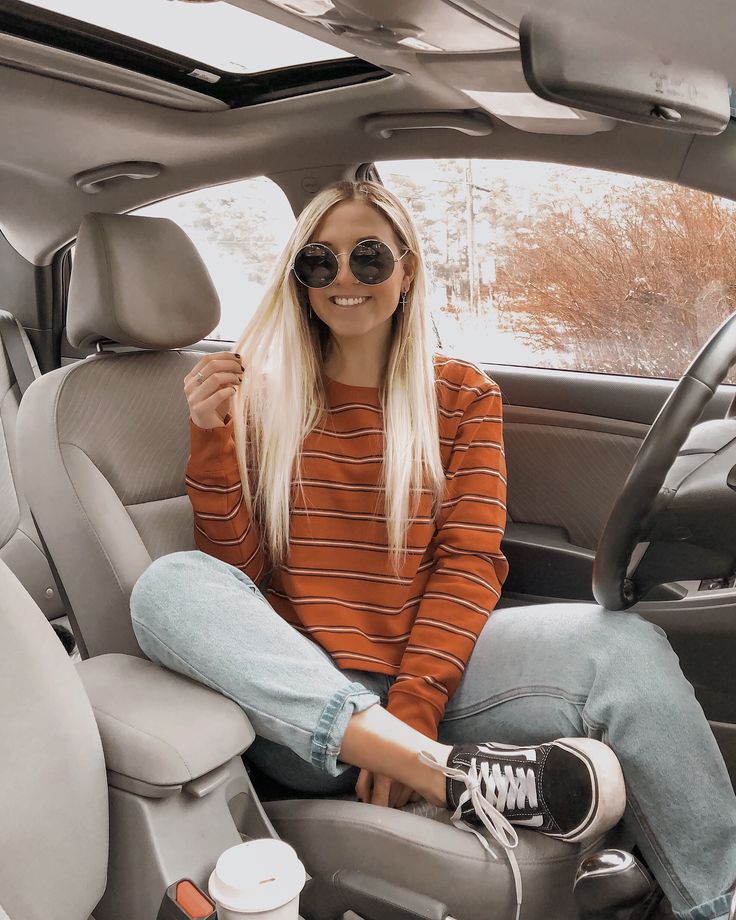 Well, in order to find out for yourself how your car will look like with such pictures, you need to take a series of test photos.
Well, in order to find out for yourself how your car will look like with such pictures, you need to take a series of test photos.
When taking the car off the corner, pay attention to objects in the background. Try to take the photo in such a way that there are no foreign objects, such as trees or electrical wires, that will distract the person's attention from the car.
6) Exterior Details
After you have taken full size photos of the car, you can now begin to photograph specific details of that object (car). On closer examination, you will further notice that you can take several close-up shots, which, for example, emphasize the smooth lines of the car body itself or, say, the same logo. Again, friends, do not forget that you can also photograph them from a certain angle.
7) Interior
Dear friends, draw your attention to the fact that in the interior of the car itself there are many interesting details that can also be photographed, thus creating high-quality pictures of the interior of the car.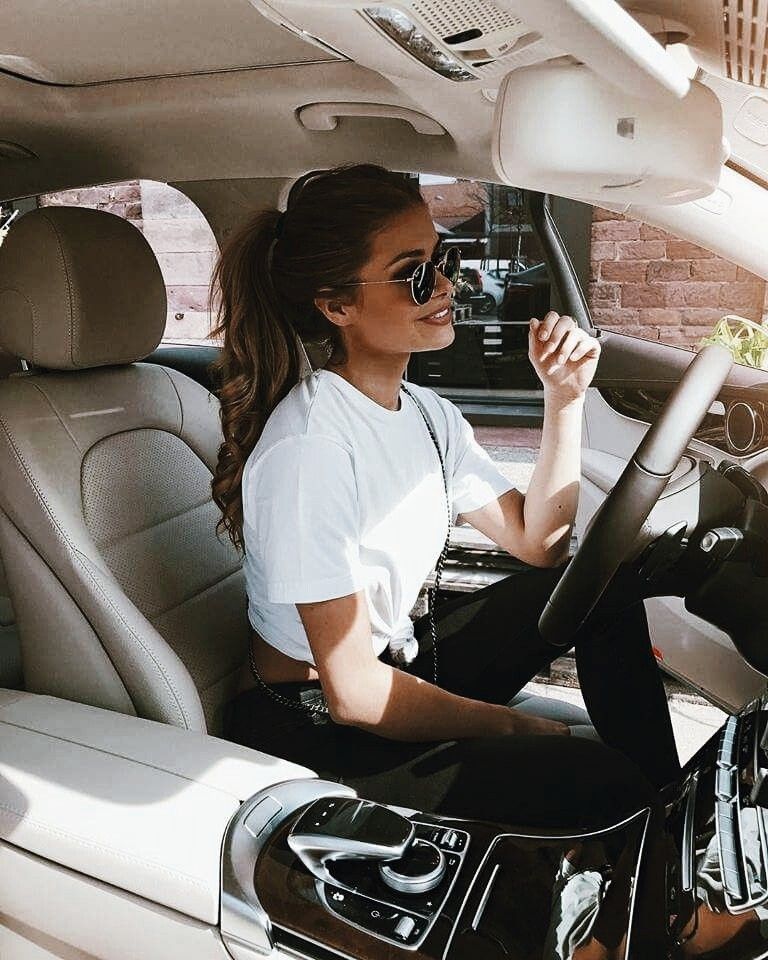 When shooting the interior of a car, you need to make sure that there is enough light for this, especially when you decide to take such photos in the afternoon. The most common mistake when shooting a car's interior is the lack of ambient light.
When shooting the interior of a car, you need to make sure that there is enough light for this, especially when you decide to take such photos in the afternoon. The most common mistake when shooting a car's interior is the lack of ambient light.
Never film the interior of the car if you do not have enough light and when you cannot provide additional interior lighting. What do you need to shoot in the cabin? Of course, the steering wheel, focusing on the logo of this brand and the dashboard. Including, you can take pictures of the car seats, as well as the upholstery of the doors themselves.
8) Use a good camera for shooting
Friends, forget about your iPhone for a while. Despite the fact that the latest model of this smartphone can take quite decent and beautiful photos, anyway, this smartphone phone is not suitable for high-quality car pictures.
Of course, it is not necessary to use an expensive camera for this. For beautiful pictures of a car, an ordinary non-reflex camera is also suitable. The main thing is that he, this camera can shoot in a wide range and in various conditions.
The main thing is that he, this camera can shoot in a wide range and in various conditions.
9) Rule of Thirds
This is the main rule of composition (rule of thirds), which is based on the "golden ratio". The meaning of this rule is as follows, namely: -Before shooting, you must divide your future picture in the frame into three equal parts horizontally and vertically.
According to the shooting rule, the object you want to focus on should be located on these intersection lines, which in principle will create the very impression of accentuating more tension, as well as energy and greater interest in the whole composition. More about it here.
10) Use the ideas of other photographers
There are a huge number of people in the world who, at the time of their professional activities, are engaged in car photography. There are also photographers for whom taking pictures of cars is just a hobby.
But these citizens certainly have a great deal of knowledge on how to properly rent cars.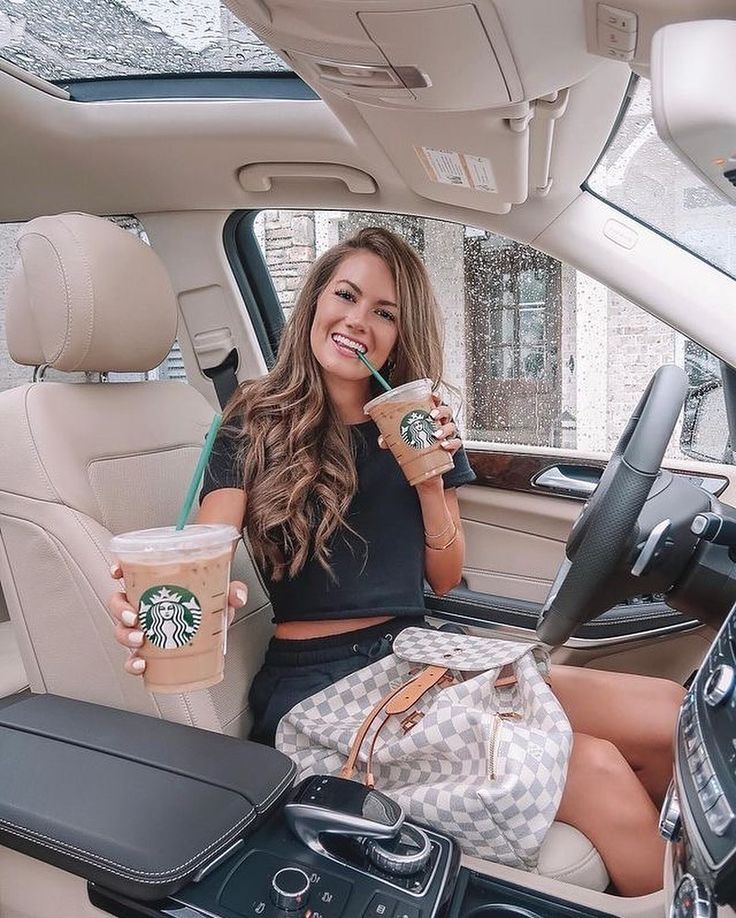 You can see these other photos of cars on the site Flickr, where photographers usually post millions of their photos.
You can see these other photos of cars on the site Flickr, where photographers usually post millions of their photos.
You can safely write a letter to any such author of the photo and ask him about the details of such a shooting. Also on this site there are also various communities that will be happy to help you and teach you how to take good pictures of cars. Good luck and good luck to you all friends!
How do I take pictures from the car? Secrets of successful photographs
From the notes of a navigator-photographer…
Often when traveling we pass through very beautiful places. And sometimes there is a temptation to photograph them. It is not always possible to stop. So, it remains to shoot "on the go." Of course, if I'm driving myself, then this is impossible. Another thing is if someone else is driving, and I am sitting in the passenger seat on the right.
Of course, it is difficult to expect that you will get shots worthy of a photo bank.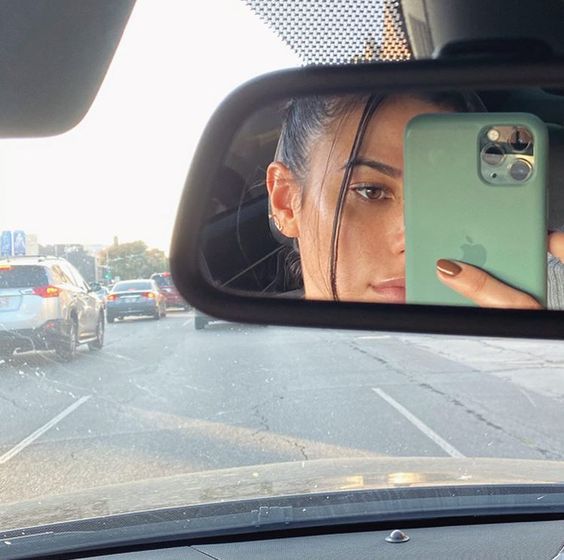 But for a blog or home photo album, they are quite suitable. Moreover - at times your readers may not guess that you were filming from the car.
But for a blog or home photo album, they are quite suitable. Moreover - at times your readers may not guess that you were filming from the car.
Contents
- 1 Traffic safety comes first
- 2 Fast shutter speeds are key
- 3 Fast focusing
- 4 Getting rid of glare and dirt
- 0190
Traffic safety comes first
Above all, when taking pictures, keep traffic safety in mind. Therefore, no photography if you are driving yourself. You won’t get good shots anyway, but you will endanger yourself and those around you.
If you are a passenger, do not block the rear-view mirrors when taking pictures, especially the right one: do not lean forward, do not stick out your elbow, especially if the driver makes a maneuver or passes a difficult section of the road.
If you need to open a window, warn the driver about this: an unexpected change in the car's aerodynamics can throw it off course.
Don't try to get half a body out of the car to get a good shot - it can end tragically. Also, do not put the camera out of the car window - you can be left without it.
Warn the driver when taking pictures. Let at this moment he drives the car as evenly as possible, does not make sudden changes.
And now for tips on photography.
Lost hay. The road from Kazan to Samara, Ulyanovsk regionFast exposure is the key to success
You can shoot with a compact camera and a SLR. The second, of course, is preferable, because. Initially, the picture quality is higher, the camera offers more options.
If you have a creative zone, shoot in Shutter Priority Tv with a shutter speed of 1/500 and faster than . If you can’t adjust the shutter speed yourself or don’t know how, switch to "Sport" mode - it is now available in almost all cameras, even entry-level ones.
If you are an advanced amateur photographer, you can try to play with the aperture value by switching to M mode to increase the depth of field (DOF).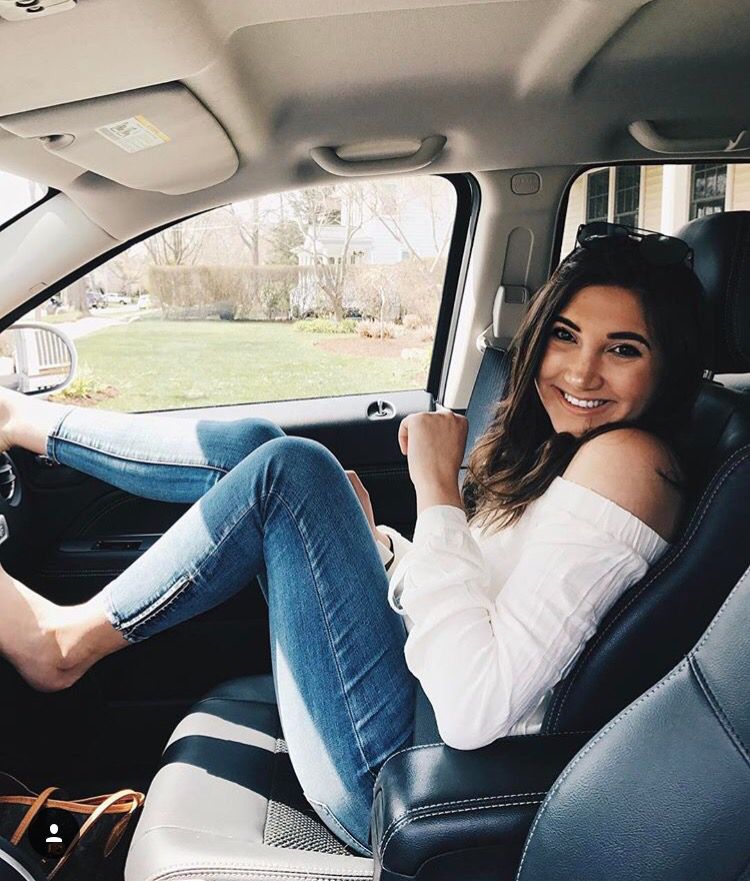 You may need to raise the ISO in this case.
You may need to raise the ISO in this case.
Fast focusing
Of course, while driving, it is unlikely that you will be able to wait until the camera focuses on the object of your choice. In order for the camera to focus faster, you can switch to infinity mode if you are shooting landscapes. Focus on center point .
If you have a SLR camera, then use the optical viewfinder for focusing and framing, and not the camera monitor - focusing is much slower on it.
Burst mode is also suitable. In addition, it will help you choose the most successful shot.
Use al servo or al focus on advanced cameras.
Driving along the Kiryavalahti Bay of Lake Ladoga in KareliaGetting rid of glare and dirt
There is nothing worse than a frame that is ruined by glare. Therefore, remove everything superfluous from the dashboard of the car if you shoot through the front glass. Move the camera as close to the glass as possible. However, at the same time, take all precautions: on an unexpected bump you can shake, the driver should always see the right mirror of the car.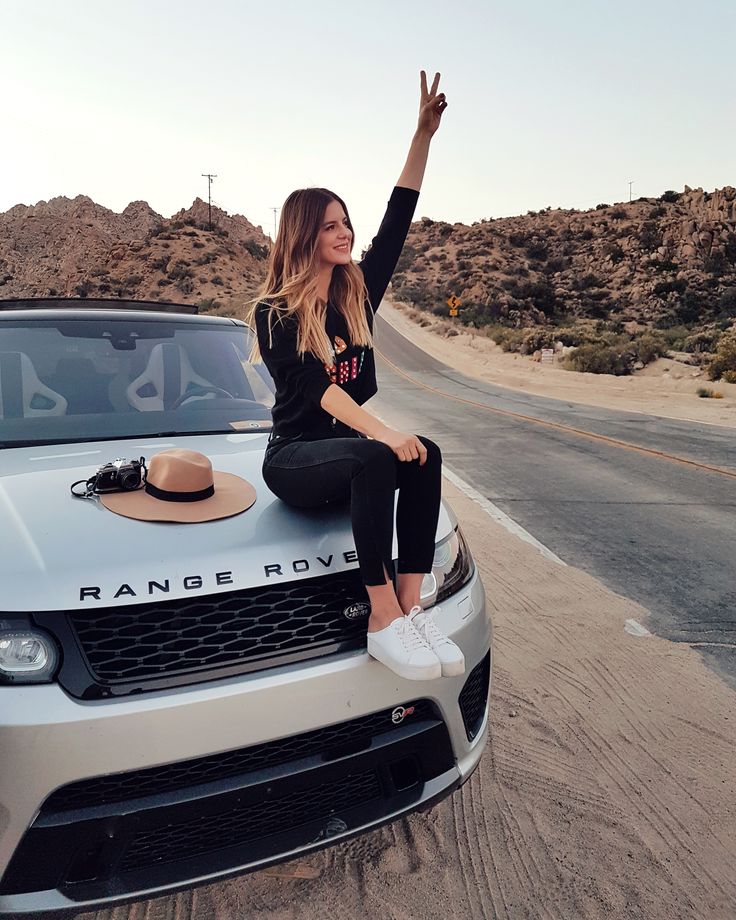
However, highlights can sometimes be very pretty. In the end, we do not hide the fact that we take pictures from the car.
We are going along the Staroryazansky pontoon bridgeIf you are shooting through the side glass, you can lower it to avoid glare. Moreover, it is enough to lower the window only partially.
Across the Taman PeninsulaYou can also install a polarizing filter on the camera lens . But remember that it leads to the need to increase the exposure in most cases by 2 stops. This means a wider aperture, less depth of field, higher ISO and, as a result, worse picture quality. Yes, and not always on the go, you can quickly set up the "polarik".
If you plan to shoot on the road, clean your windshield regularly. Adhering midges are very poorly washed off by wipers and washers. Therefore, do not be lazy at stops, wash the windshield and, if necessary, side windows.
If it rains, remove immediately after the wipers have cleared the glass.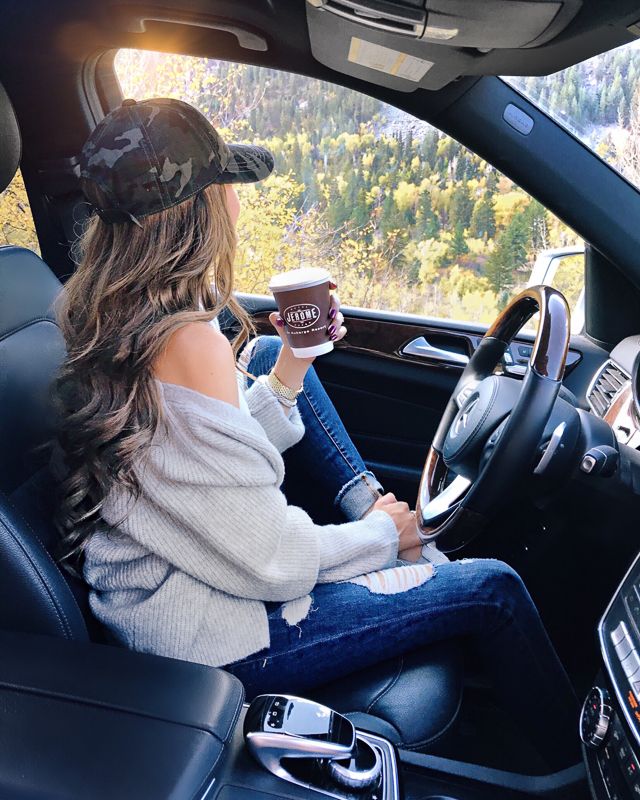 However, interesting shots can be obtained through large raindrops on the windshield.
However, interesting shots can be obtained through large raindrops on the windshield.
Of course, when shooting on the move, you want to get the same picture as if you were shooting still, preferably from a tripod. But that doesn't happen. Therefore, it is possible and necessary to beat it.
For example, you can include car parts in the frame - a torpedo, rear-view mirrors, pillars, etc.
Children's playground at the entrance to Penza The mouth of the Sanakhta River and the Chkalovskaya Riviera. And self-portraitIf your glass is partially soiled, it doesn't matter! Dirty glass can add credibility to your shot. In the end, we have a reportage shooting!
Endless expanses of Samarskaya LukaA country road in the Ryazan regionIf you shoot through the side windows, the foreground will inevitably be blurred. Therefore, if possible, try to avoid large objects in the foreground - bushes, poles, etc.
Vladimirsky Opolye near Yuryev-PolskyChurch of Cosmas and Damian in the village of Semenovskoye-Sovetskoye In the process of processing, you can also play with various filters to enhance the feeling of movement.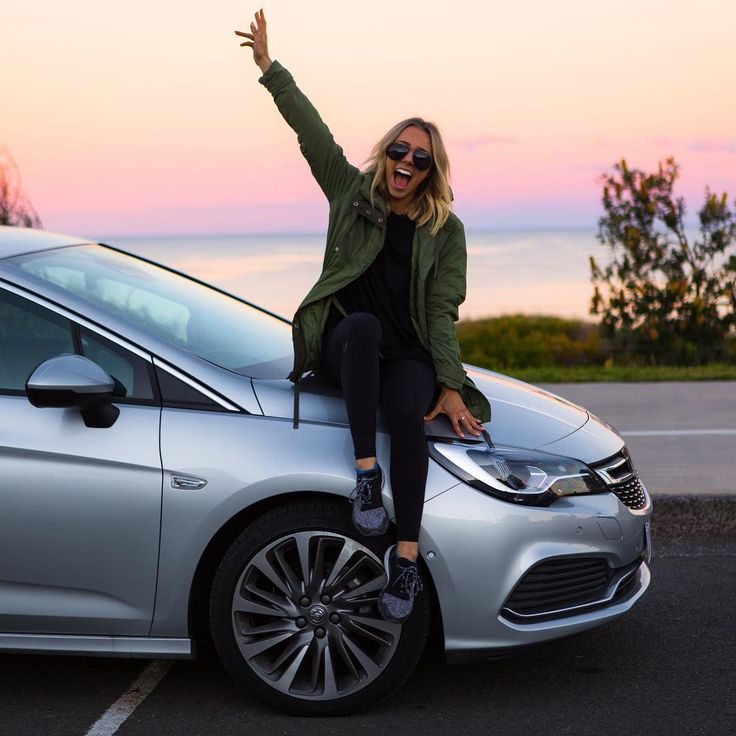
Raindrops on the windshield, as I wrote above, can also help you make an interesting shot.
Flood! In Tolyatti A rainy evening in Pereslavl-Zalessky on the way to YaroslavlAnd a few more tips
The main advice is to practice. Shoot as often as possible. Remember that on the road you can see a lot of interesting things, and quite unexpectedly. So keep your camera always ready. But so that he does not create an emergency situation in emergency cases.
A hawk over the highway M-5Hedgehog on a country road. We slowed down!Preferably shoot in RAW 9 format0180 - car windows are often darkened and distort the color reproduction. In addition, you can pull out more details from the "raw" format.
Church of the Life-Giving Trinity in the village of Troitsa (Ryazan region)It is advisable to put on a protective filter on the lens. This will protect the expensive lens glass from scratches that will inevitably appear.
Look around carefully.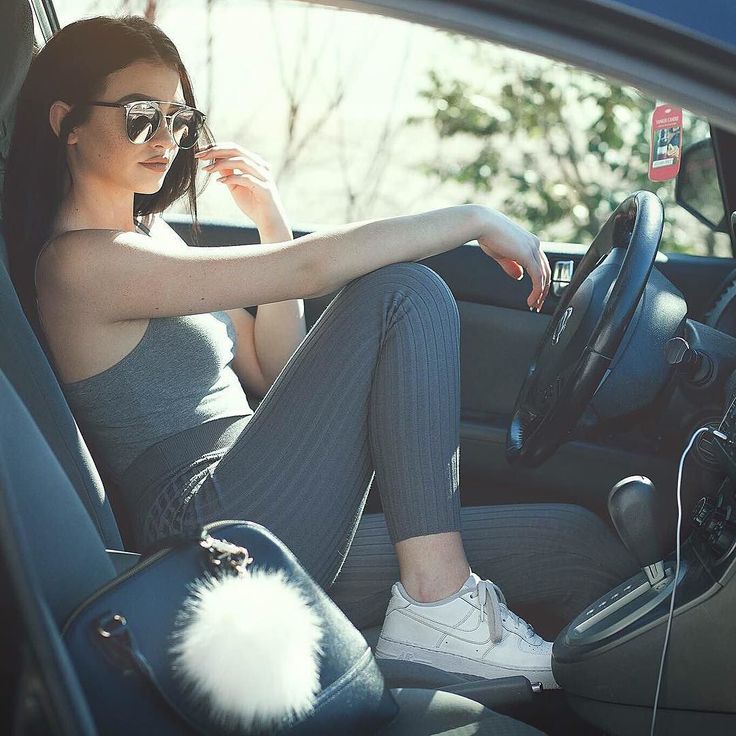 Shoot landscapes, architecture. Try to anticipate a good shot. It does not matter if road barriers get into the photo.
Shoot landscapes, architecture. Try to anticipate a good shot. It does not matter if road barriers get into the photo.
Take pictures of the road. After all, it is part of your journey. And remember - you may not get a second chance to drive through these places.
Bridge across the Sura river in ChuvashiaHolmy (Vladimir region)Of course, these tips, with certain reservations, will also work if you are filming from a bus or train window. The more you take pictures, the more interesting shots you will get. The beauty that you pass by will now be captured.
And finally, the main advice: short exposure!!!!!
First pilot's field notes
case - the carcass of the photographer). Two practical implications follow from this.
1.1 If possible, the passenger seat is moved as far back as possible, well, you understand why.
1.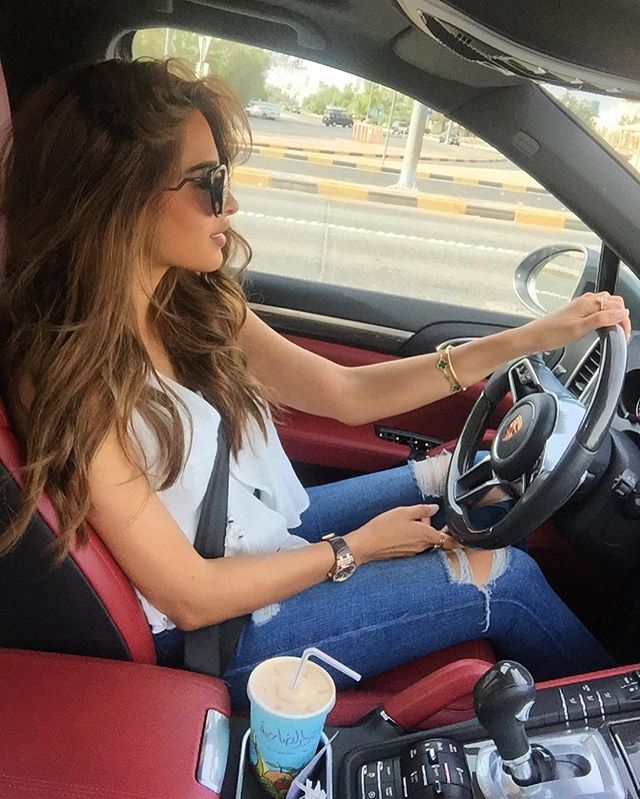 2 When moving with a photographer, get used to constantly monitoring the situation from behind, at least using the interior mirror (if you have one, of course). The logic here is simple, most roads are still two-lane, and overtaking you on the right will be less likely than on the left. In this case, the pictures from the salon will suffice.
2 When moving with a photographer, get used to constantly monitoring the situation from behind, at least using the interior mirror (if you have one, of course). The logic here is simple, most roads are still two-lane, and overtaking you on the right will be less likely than on the left. In this case, the pictures from the salon will suffice.
2. Pits and “artificial bumps” (such as speed bumps and other citizens, craters from bombs and shells, meteorite impact sites, etc.) must be avoided! For shooting, moving the car 3-5 meters relative to the course is much less fatal than vertical movement of 1-3 cm.
3. Traffic safety is paramount! If the photographer has completely closed the view, then feel free to correct this by giving the appropriate voice command. The phrases “Overview!”, “Lens!” Work well; good - “Hands !!!”, “Mirror !!!”; excellent — “….. yours…” “yes…. in and …. "(REDUCED BY CENSORSHIP).
4. Passenger's view to the driver's side is very limited, feel free to suggest good angles.